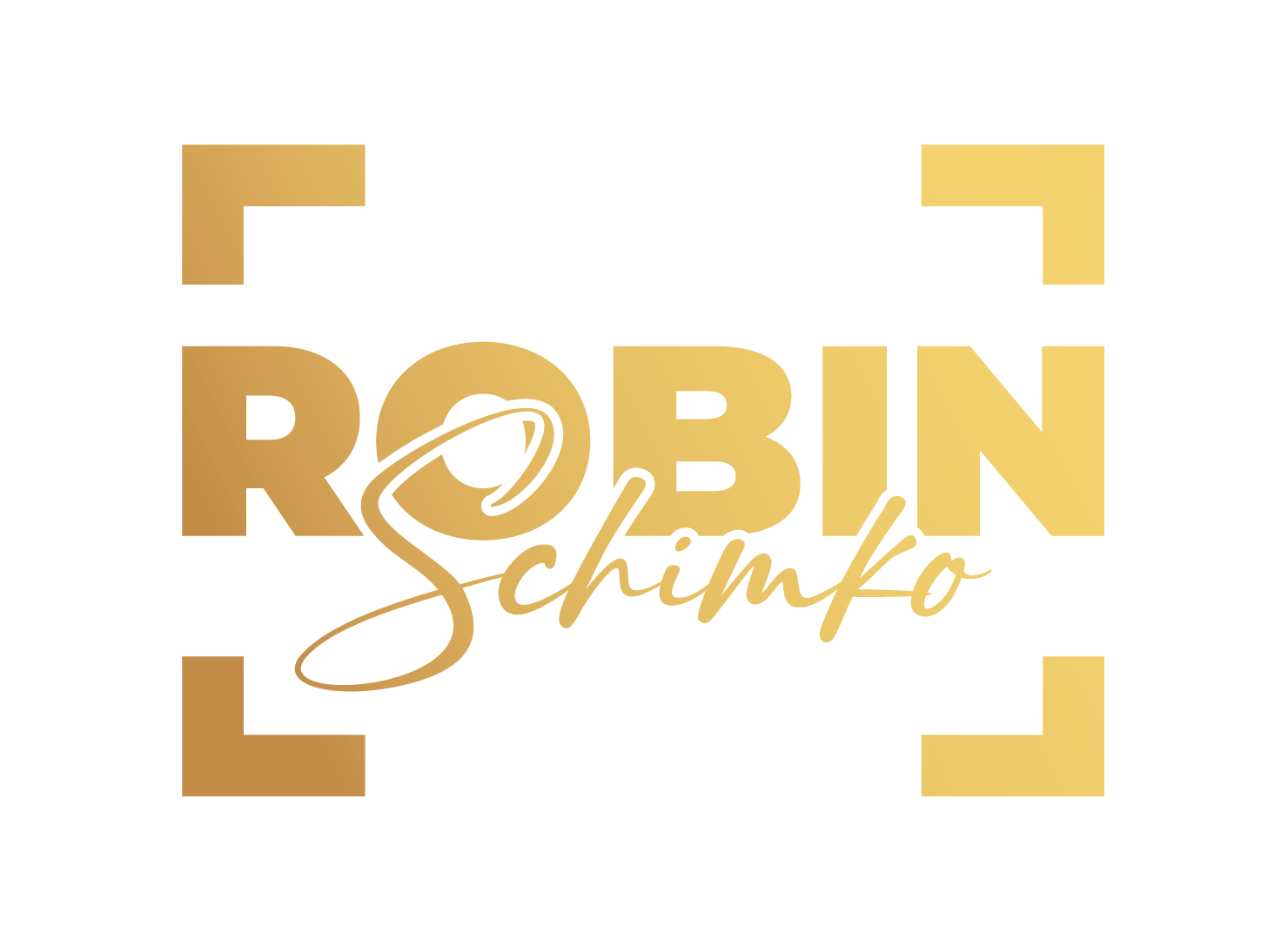Orange Filter At Night? Shooting the Leica Q2 Monochrom in Puebla.
One of the main benefits of using a Leica Q2 Monchrom is the ability to shoot at very high ISOs but with only minimum noise. Modern color sensors are already good and most of the time more than good enough when shooting in low light. However, Leicas Monochrom cameras take it a step further and let you do things that seemed impossible just a few years ago.
When I shoot street photography at night I can usually shoot at 1/250 and freeze the action but still won’t get too much noise in my images. So, I had the idea that I might as well use an orange filter at night to see what kind of results I would get. The filter that I own is cutting down one stop of light which isn’t that bad and might make it a reasonable choice for night time street photography.
What I’ve learned from that experience is that the effect of the orange filter is not that dramatic at night compared to when shooting in the daytime. And because the filter let’s less light onto the camera’s sensor that it also negatively influenced the autofocus of the Q2 Monochrom and it got a little less reliable.
Nevertheless, it was worth trying it out and here the photos that I included in my video.
1. 1/125 - f/1.7 - ISO8000
2. 1/125 - f/1.7 - ISO8000
3. 1/125 - f/1.7 - ISO2500
4. 1/125 - f/1.7 - ISO4000
5. 1/125 - f/1.7 - ISO2500
6. 1/125 - f/1.7 - ISO250
7. 1/250 - f/1.7 - ISO5000
8. 1/125 - f/1.7 - ISO400
9. 1/125 - f/1.7 - ISO3200
10. 1/125 - f/1.7 - ISO3200
11. 1/250 - f/1.7 - ISO12500
12. 1/60 - f/1.7 - ISO2500
13. 1/125 - f/1.7 - ISO5000
14. 1/125 - f/1.7 - ISO6400
15. 1/125 - f/1.7 - ISO1600
16. 1/125 - f/1.7 - ISO640
17. 1/250 - f/1.7 - ISO8000
18. 1/250 - f/1.7 - ISO3200
19. 1/250 - f/1.7 - ISO4000
20. 1/250 - f/1.7 - ISO2500
21. 1/250 - f/1.7 - ISO4000





















